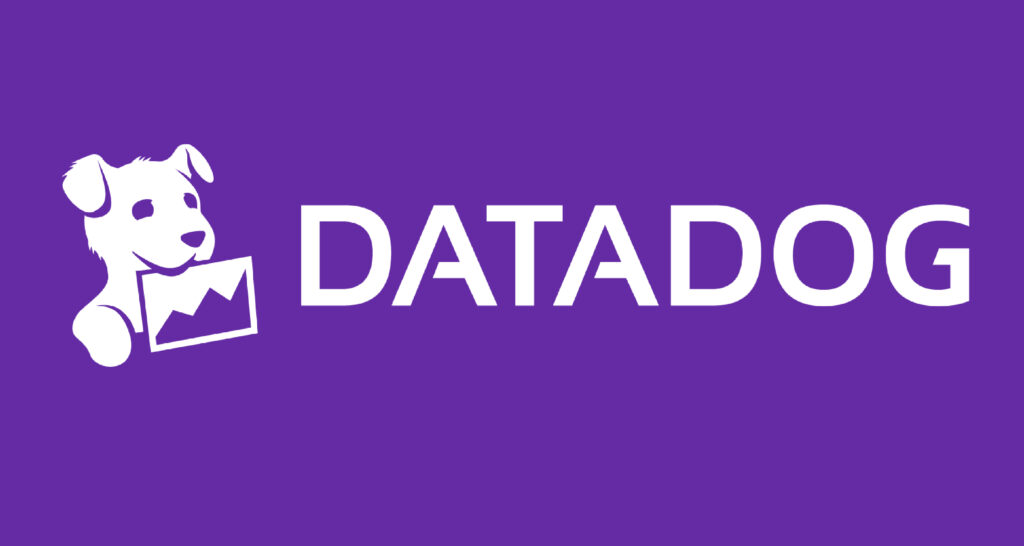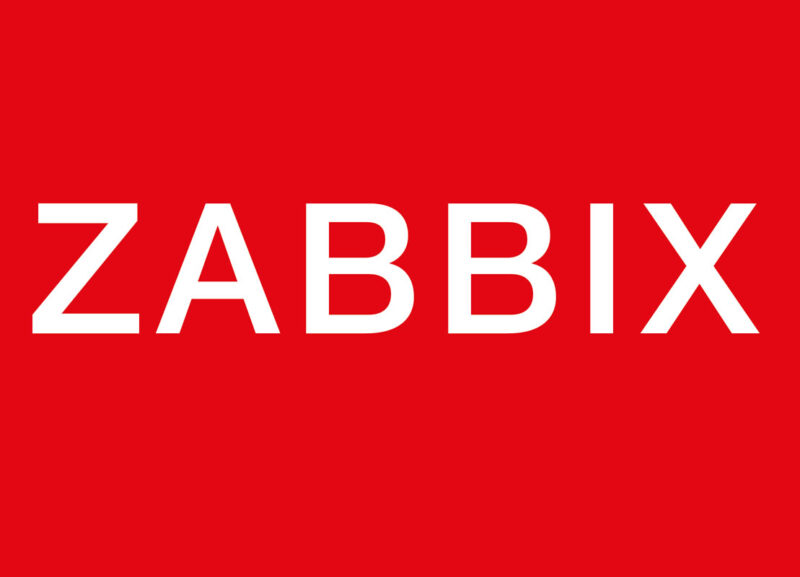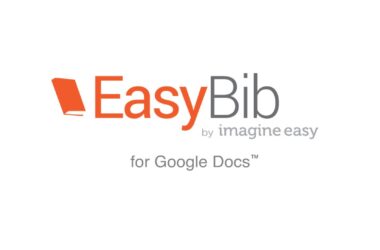Welcome to our comprehensive guide to finding the perfect Zabbix alternative! If you’re looking for a powerful network monitoring tool that offers superior performance and meets your specific requirements, you’ve come to the right place. In this article, we’ll explore Zabbix alternatives that have gained recognition in the industry. By understanding their features and capabilities, you’ll be equipped with the knowledge to make an informed decision. So, let’s dive in!
Table of Contents
- Understanding Zabbix
- Exploring Zabbix Alternatives
- Notable Zabbix Alternatives
- 4.1 Nagios
- 4.2 PRTG Network Monitor
- 4.3 SolarWinds Network Performance Monitor
- 4.4 Datadog
- 4.5 Prometheus
- Factors to Consider When Choosing an Alternative
- 5.1 Scalability and Performance
- 5.2 Ease of Use and User Experience
- 5.3 Customization and Flexibility
- 5.4 Integration Capabilities
- 5.5 Cost and Licensing
- Key Features to Look for in a Network Monitoring Alternative
- 6.1 Real-time Monitoring and Alerting
- 6.2 Intuitive Dashboard and Visualization
- 6.3 Intelligent Event Management
- 6.4 Integration with Third-Party Tools
- Conclusion
Understanding Zabbix
Zabbix is a widely-used network monitoring tool that provides organizations with valuable insights into their IT infrastructure. It allows for monitoring the health and performance of networks, servers, applications, and more. However, despite its popularity, some businesses may find themselves seeking alternatives due to specific limitations or the need for additional features and functionalities.
Exploring Zabbix Alternatives
When considering Zabbix alternatives, it’s important to assess your organization’s unique needs. By doing so, you can identify alternative solutions that offer enhanced capabilities and address any existing pain points. Let’s explore some notable alternatives that can provide a compelling network monitoring experience.
Notable Zabbix Alternatives

1. Nagios
Nagios is an open-source network monitoring tool that has stood the test of time. Known for its scalability and flexibility, Nagios offers an extensive plugin ecosystem that allows for seamless integration with various systems and technologies. With its robust set of features, Nagios empowers organizations to monitor network infrastructure, detect issues, and ensure optimal performance.
2. PRTG Network Monitor
PRTG Network Monitor is a comprehensive solution suitable for businesses of all sizes. It offers real-time monitoring and alerting, network traffic analysis, and detailed reporting. PRTG’s user-friendly interface and customizable dashboards make it easy to monitor and manage network devices, applications, and services effectively.
3. SolarWinds Network Performance Monitor
SolarWinds Network Performance Monitor (NPM) is a widely-used network monitoring tool trusted by IT professionals worldwide. With its advanced features, NPM provides automated network discovery, intelligent alerting, and in-depth performance analysis. It offers comprehensive visibility into network infrastructure, enabling quick identification and resolution of issues.
4. Datadog
Datadog is a cloud-based monitoring and analytics platform that offers a holistic approach to observability. Beyond network monitoring, Datadog provides comprehensive insights into applications, infrastructure, logs, and more. With its extensive integrations and advanced analytics capabilities, Datadog enables organizations to gain a complete understanding of their complex environments.
5. Prometheus
Prometheus is an open-source monitoring system specifically designed for collecting and analyzing time-series data. It excels in monitoring dynamic and containerized environments, providing a flexible data model, a powerful querying language, and seamless integration capabilities. Prometheus is highly scalable, making it an ideal choice for organizations embracing modern infrastructure technologies.
Factors to Consider When Choosing an Alternative

As you evaluate Zabbix alternatives, it’s essential to consider several factors that align with your organization’s requirements. Here are some key considerations to keep in mind:
1. Scalability and Performance
Assess the scalability and performance capabilities of each alternative solution. Ensure that it can handle the growth of your network infrastructure and meet your future monitoring needs. Look for features like distributed monitoring and load balancing to ensure optimal performance as your network expands.
2. Ease of Use and User Experience
User experience plays a significant role in the effectiveness of a network monitoring tool. Evaluate the ease of use and intuitiveness of the user interface. Look for features such as customizable dashboards, clear visualizations, and streamlined workflows that enhance ease of use and productivity.
3. Customization and Flexibility
Consider the level of customization and flexibility each alternative offers. Look for the ability to tailor the monitoring solution to your specific needs. Customizable dashboards, reports, and alerting capabilities can greatly enhance your monitoring experience and help you focus on the most critical aspects of your network.
4. Integration Capabilities
Evaluate the integration capabilities of each alternative solution. Determine whether it supports seamless integration with the tools and systems you currently use. Integration with ticketing systems, collaboration platforms, and IT service management solutions can streamline your monitoring workflow and enhance overall efficiency.
5. Cost and Licensing
Consider the cost and licensing structure of each alternative solution. Evaluate whether it aligns with your budget and provides value for your investment. Some solutions offer free or open-source options, while others require a subscription or licensing fee. Consider the long-term costs and benefits when making your decision.
Key Features to Look for in a Network Monitoring Alternative

To ensure a comprehensive network monitoring experience, here are some key features to look for in an alternative solution:
1. Real-time Monitoring and Alerting
Real-time monitoring enables immediate awareness of any network issues or anomalies. Look for an alternative that provides robust real-time monitoring capabilities along with customizable alerting mechanisms, allowing you to stay on top of critical events and proactively address them.
2. Intuitive Dashboard and Visualization
An intuitive dashboard with clear visualizations can simplify the process of understanding network performance and identifying potential bottlenecks. Seek an alternative that offers customizable dashboards, graphs, and charts, enabling you to monitor key metrics and gain insights at a glance.
3. Intelligent Event Management
Efficient event management is crucial for effective network monitoring. Choose an alternative that employs intelligent event management techniques, such as event correlation and suppression, to reduce noise and provide meaningful alerts. This ensures that you receive relevant notifications and can focus on addressing actual issues.
4. Integration with Third-Party Tools
The ability to integrate with other tools and systems is vital for a holistic monitoring experience. Look for an alternative that offers seamless integration with your existing infrastructure, such as ticketing systems, IT service management platforms, or collaboration tools. This integration streamlines workflows and facilitates efficient communication and issue resolution.
Conclusion
In conclusion, when seeking Zabbix alternatives, it’s crucial to explore solutions that offer superior performance, enhanced features, and a seamless monitoring experience. Nagios, PRTG Network Monitor, SolarWinds Network Performance Monitor, Datadog, and Prometheus are notable alternatives worth considering. Assess factors such as scalability, ease of use, customization, integration capabilities, and cost to determine the best fit for your organization. By choosing the right alternative, you can elevate your network monitoring capabilities and ensure the optimal performance of your IT infrastructure.









